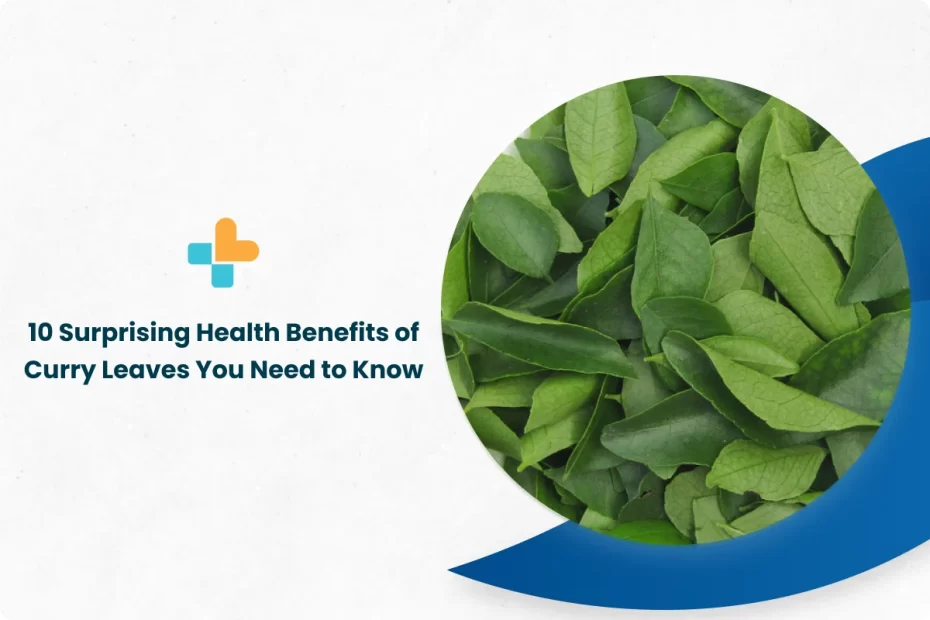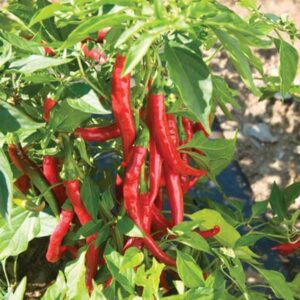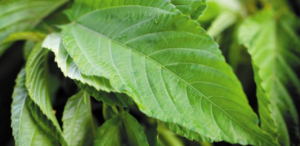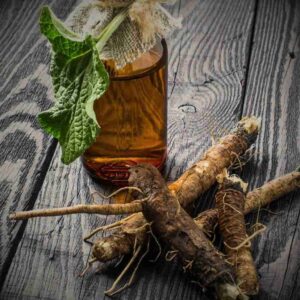Discover the Surprising Health Benefits of Curry Leaves
Curry leaves, also known as kadi patta, are an essential ingredient in South Asian cuisine, adding a distinctive flavor and aroma to various dishes. These leaves come from the curry tree, a tropical plant native to India and Sri Lanka. The leaves are glossy, deep green in color, and have a unique citrusy and slightly spicy flavor profile. One of the most common culinary uses of curry leaves is in curries and stews, where they are often sautéed at the beginning of the cooking process to release their aromatic oils.
Additionally, curry leaves are believed to have various health benefits. They are rich in antioxidants and have anti-inflammatory properties, making them a valuable addition to a healthy diet. In traditional medicine practices, curry leaves are used to aid in digestion and improve hair and skin health. To preserve the flavor and aroma of curry leaves, store them in an airtight container in the refrigerator. Remember to remove the leaves before serving your dish unless the recipe specifically calls for them as a garnish. Including curry leaves in your cooking can enhance the overall taste and aroma of your dishes, so be sure to experiment with this versatile ingredient!They are also used to flavor rice dishes, chutneys, and soups..
Uncover the Health Benefits of Curry Leaves
Curry leaves, commonly used in Indian cooking, are not just for adding flavor to dishes – they also offer a wide range of health benefits. These aromatic leaves are rich in vitamins A, B, C, and E, as well as minerals such as calcium, phosphorus, and iron. They are known for their antioxidant properties, which help reduce the risk of chronic diseases like cancer and heart disease. Additionally, curry leaves are known to aid in digestion and improve gut health. They can help alleviate symptoms of indigestion, bloating, and nausea. The leaves also have anti-inflammatory and antibacterial properties that can help boost immunity and fight infections. Furthermore, curry leaves are believed to help in controlling blood sugar levels and managing diabetes. Incorporating curry leaves into your diet can be as simple as adding them to your meals or brewing them into a tea. Consider adding these fragrant leaves to your culinary repertoire to experience their numerous health benefits.
Unlock the Flavor Secrets of Curry Leaves: The Ultimate Guide
Unlock the Flavor Secrets of Curry Leaves: The Ultimate Guide Curry leaves are a staple in Indian cooking, adding a unique and aromatic flavor to dishes. These small, dark green leaves are often misunderstood and underutilized in Western cuisines. To truly unlock the flavor secrets of curry leaves, it is important to understand how to use them properly. Curry leaves are best used fresh rather than dried, as their flavor is more vibrant and pronounced when freshly picked. To release their full potential, gently crush the leaves before adding them to your dish – this helps to release their aromatic oils and intensify their flavor. Curry leaves are commonly used in tempering, where they are added to hot oil along with other spices to infuse the dish with their distinctive taste. In addition to their flavor-enhancing properties, curry leaves also offer numerous health benefits.
Whether you’re making a traditional Indian curry or experimenting with fusion recipes, incorporating curry leaves can take your dishes to the next level. So, next time you’re in the kitchen, don’t underestimate the power of curry leaves – unlock their flavor secrets and elevate your cooking game!They are rich in antioxidants and have anti-inflammatory properties, making them a valuable addition to any diet..
Exploring the Health Benefits of Curry Leaves
| Property | Value |
|---|---|
| Botanical Name | Murraya koenigii |
| Origin | India and Southeast Asia |
| Usage | Culinary herb |
| Health Benefits | Rich in antioxidants, anti-inflammatory |
| Flavor | Aromatic, peppery, slightly citrusy |
FAQ
FAQs about Curry Leaves

Q: What are curry leaves?
A: Curry leaves are fragrant leaves commonly used in Indian cooking to enhance the flavor of dishes. They are not related to curry powder but have a distinct aroma and taste.
Q: How do curry leaves look like?
A: Curry leaves are small, shiny, dark green leaves that grow in clusters on the curry tree. They have a pungent aroma when crushed.
Q: How are curry leaves used in cooking?
A: Curry leaves are usually added to hot oil at the beginning of a dish to release their flavor. They are commonly used in curries, dals, soups, and chutneys.
Q: Can curry leaves be eaten raw?
A: It is not recommended to eat curry leaves raw as they are quite bitter. Cooking or frying them in oil helps to mellow their flavor and release their aroma.
Q: Are curry leaves beneficial for health?
A: Yes, curry leaves are rich in antioxidants and nutrients that can help improve digestion, reduce cholesterol levels, and promote hair growth.
Q: Can curry leaves be stored?
A: Fresh curry leaves can be stored in the refrigerator for up to a week. They can also be dried and stored in an airtight container for a longer period.
Q: Can curry leaves be frozen?
A: Yes, curry leaves can be frozen for long-term storage. Wash and dry the leaves thoroughly before freezing them in an airtight container or freezer bag.
Q: Where can I buy curry leaves?
A: Curry leaves can be found in Indian grocery stores, some supermarkets, or online spice retailers. Look for fresh leaves with vibrant green color and a strong aroma.
- Cat Palm vs Majesty Palm: Which Should You Choose? - June 30, 2024
- Flowers That Survive Winter: Discover the Exceptional No. 5 - June 30, 2024
- The Ultimate Guide to the Growth and Care of the Black Pagoda Lipstick Plant - June 29, 2024





